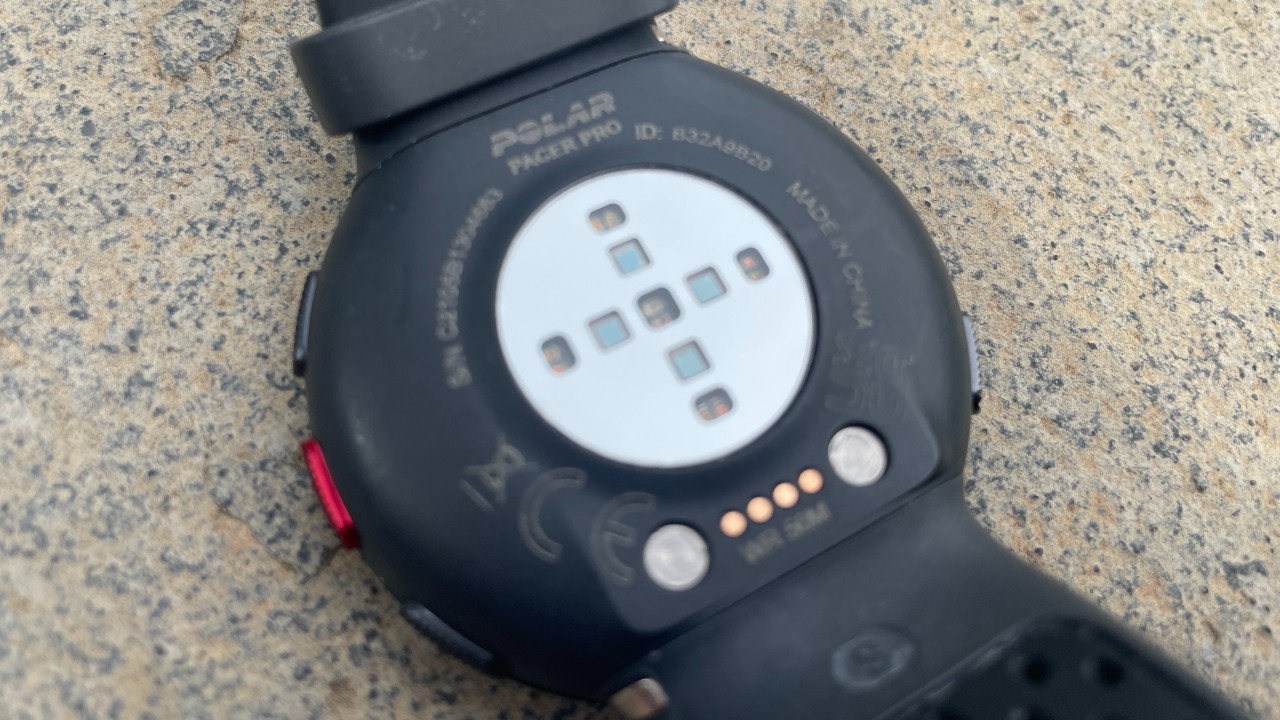
I wear a chest strap heart rate monitor when running year round, because the native optical tracking on even the best sports watches is often unreliable. The wrist is a tough place to get an accurate reading during workouts, so the best heart rate monitors are all chest straps like the Polar H10.
The accuracy of optical sensors only gets worse in cold weather, so if you’ve noticed that the readings from your running watch has become increasingly erratic of late, that may be why.
To get a reading, optical sensors measure the pulse under your skin, as Polar research center director Jyrki Schroderus explained to us when we asked him how the sensors work.
“It uses LED lights and a sensor,” says Schroderus. “Light penetrates into your skin and when it’s under your skin, your blood pulse changes the power of the light which comes back to the sensor.”

The blood vessels on the peripheries of your body get narrower in cold weather, a process known as vasoconstriction. It means there is less blood flowing through the wrist near the skin and it’s harder for optical sensors to get a reading.
Often I find optical heart rate monitors lock onto my running cadence instead of my pulse. Cadence is the number of steps you take per minute while running, which is usually 180-plus for me, a number that’s higher than my max heart rate.
This means if I rely on the optical sensor I end up with readings that suggest every run I do is a maximum effort, which then skews the training analysis on the watch.
A chest strap heart rate sensor is a far more accurate option, especially in the winter. These don’t have to be expensive—most of the best cheap heart rate monitors are chest straps—and they use electrical signals directly from the heart to measure heart rate, making them much more accurate.
That said, chest straps do also find it a bit harder to read heart rate in cold, dry conditions than when it’s warm. That’s because when you sweat more it’s easier for the electrical signals to travel into the sensor on the strap.
Fortunately, there’s a simple and quick solution to this, which is to wet the chest strap before wearing it. You can run it under a tap, lick it, or use special electrode gel for the most reliable fix.







